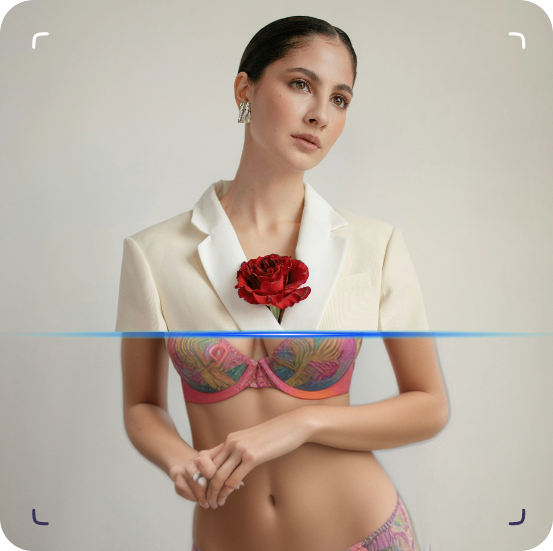Undress AI: How DeepNude Images Are Shaping the Future of Image Editing
The development of AI-driven technologies has been rapidly transforming various industries, from entertainment and fashion to social media and personal content creation. Among these advancements, one of the most controversial tools is "undress ai - deepnude image" which leverages AI to produce deepfake images by manipulating original photographs, sometimes undressing or altering them in ways that look shockingly real. While the technology raises ethical concerns, it also provides insight into the future of image editing, digital creativity, and privacy.

In this article, we explore how Undress AI and similar technologies are reshaping image editing, examining both the potential applications and the ethical considerations that come with this powerful software.
Understanding Undress AI and DeepNude Technology
The concept behind Undress AI lies in the advancements of deep learning and neural networks, which can replicate and manipulate visuals with startling realism. Originally popularized by DeepNude, this AI application scans input images and creates new, altered versions. This transformation has the ability to "undress" people in images, raising both curiosity and controversy.
DeepNude and similar apps operate by analyzing vast amounts of data to understand human anatomy, clothing, and textures. By comparing an uploaded image to its database, the software can then generate a new image that simulates how the individual might look without their clothing. Despite the realism, the generated images are fully artificial—created using complex algorithms rather than actual photographs.
How AI Image Editing Tools Work
AI-powered editing tools, including Undress AI, rely on generative adversarial networks (GANs), a type of deep learning model. GANs involve two neural networks working together: one that creates images (the generator) and one that judges the images' realism (the discriminator). By constantly learning from each other, these networks can improve the quality of AI-generated images over time.
This continuous learning allows AI models to accurately capture intricate details like lighting, shadows, and body proportions. As the technology progresses, AI can produce hyper-realistic images that mimic genuine photos with nearly indistinguishable quality.
Key Features of Undress AI and Similar Technologies
- Image Realism: Using GANs and extensive image databases, these tools create images that are increasingly realistic, with accurate textures and natural lighting.
- Automation and Speed: With a few clicks, users can significantly alter photos without requiring professional photo-editing skills.
- Advanced Customization: Some platforms offer advanced controls, enabling users to adjust factors like color, contrast, and even the level of undress, depending on the intended outcome.
Potential Applications Beyond Undress AI
While the primary use of undress ai - deepnude image may raise ethical issues, the underlying technology offers diverse applications that are more constructive and beneficial:
Fashion and Virtual Try-On
AI can help users visualize clothing items on themselves before making a purchase. With a more practical twist, similar technology could let shoppers try on outfits virtually by overlaying garments onto their photos. This capability could revolutionize online shopping by helping customers make better purchasing decisions and reducing product returns.
Entertainment and Media Production
Image manipulation has a significant role in media, film, and digital entertainment. AI technology could save hours of work by allowing artists and production teams to alter actors' appearances or scenes seamlessly. Additionally, in animated films and games, AI-driven tools can make character rendering quicker, creating a more immersive experience for users.
Medical and Fitness Visualization
In healthcare and fitness, AI-driven image editing could assist people in visualizing changes to their bodies over time. For example, patients considering reconstructive surgery could preview potential results, or fitness enthusiasts could set goals by seeing predicted outcomes. This helps individuals make informed decisions based on visual simulations.
Security and Forensic Investigations
Surprisingly, AI-generated images can also aid in security and forensic investigations. By reconstructing or analyzing crime scene visuals, AI can help law enforcement visualize evidence, track suspects, and identify patterns. In these cases, ethical uses of image manipulation can assist investigators in gathering and assessing crucial data.
Comments
Post a Comment